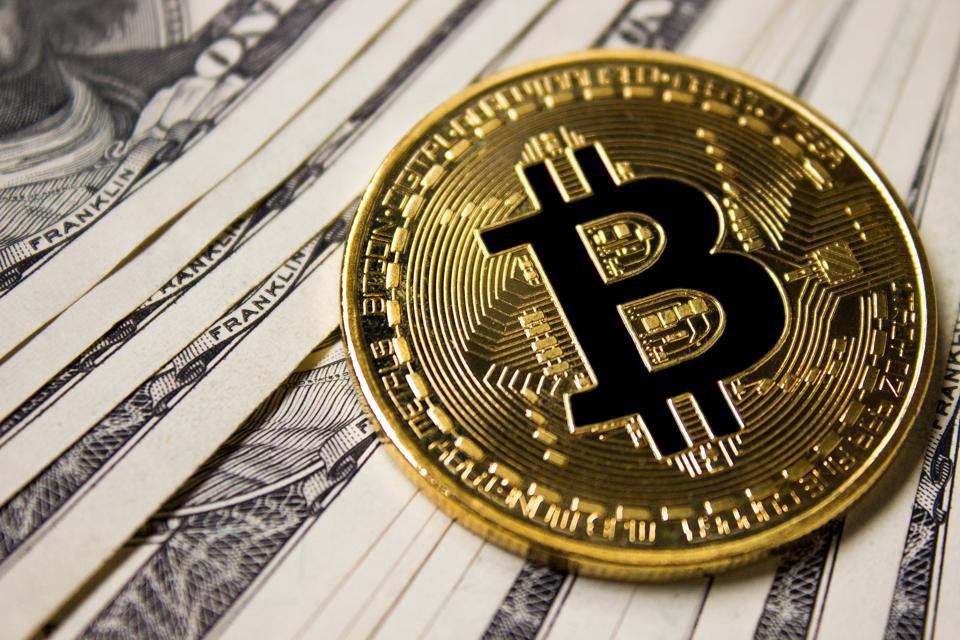
Bitcoin is a decentralized digital currency created in January 2009. It promises reduced transaction costs than standard online payment channels and, unlike government-issued currencies, is controlled by a decentralized authority.
Bitcoin employs peer-to-peer technology to function without a central authority or banks; the network manages transactions and issues bitcoins collectively.
Bitcoin is open-source, it means that its design is available to the public, no one owns or controls it, and everyone may participate.
In practice, bitcoin is a type of digital money that exists independently of any government, state, or financial institution, can be transmitted internationally without the need for a centralized intermediary, and has a known monetary policy that is arguably unchangeable.
There are no physical bitcoins; rather balances are recorded on a public ledger that everyone can see, although each record is encrypted.
A large amount of computational power is used to verify all bitcoin transactions, this process is known as mining. Bitcoin is neither issued or guaranteed by any banks or governments, nor is it worth anything as a commodity.
The bitcoin system is comprised on a network of computers (also known as nodes) that all execute bitcoin’s code and store its blockchain. A blockchain may be seen metaphorically as a collection of blocks, each block contains a set of transactions. No one can trick the system since all the machines running the blockchain have the same list of blocks and transactions and can observe these new blocks as they’re filled with fresh bitcoin transactions.
Bitcoin token balances are maintained using public and private “keys”, which are lengthy strings of numbers and characters connected by the mathematical encryption method that generates them.
The public key (like a bank account number) acts as the address that is made public and to which others may transfer bitcoin.
The private key (similar to an ATM PIN) is designed to be kept private and is only used to approve bitcoin transactions.
Bitcoin keys are not to be confused with a bitcoin wallet, which is a physical or digital device that facilitates bitcoin trade and allows users to track coin ownership. Because bitcoin is decentralized, it is never held “in” a wallet, but rather distributed on a blockchain.
Origin
Bitcoin is based on the ideas laid out in a 2008 whitepaper titled Bitcoin: A Peer-to-Peer Electronic Cash System.
The article described how to “allowing any two willing parties to deal directly with each other without the necessity for a trusted third party”.
The technology used solved the “double spend” problem, allowing for the first time in the digital world scarcity.
The bitcoin network’s initial growth was mostly driven by its usability as a revolutionary mechanism of exchanging value in the digital realm. Early supporters were mostly “cypherpunks”, or those who supported the employment of strong encryption and privacy-enhancing technology as a means of effecting social and political change.
However, speculation over bitcoin’s future worth quickly became a big motivator of adoption.
Mining
Mining is the process of releasing bitcoin into circulation. In general, entails solving computationally complex riddles to discover a new block, which is then added to the blockchain. Bitcoin mining adds and validates transaction records throughout the network.
Miners are rewarded with bitcoins, which is half every 210,000 blocks. In 2009, the block reward was set at 50 new bitcoins. On May 11, 2020, the third halving happened, reducing the reward for each block discovery to 6.25 bitcoins.
To mine bitcoin, a variety of hardware may be utilized. Some, however, provide greater benefits than others. Certain computer chips, known as application-specific integrated circuits (ASICs), as well as more complex processing units, such as graphic processing units (GPUs), can reap more benefits. These complex mining processors are referred to as “mining rigs.”
One bitcoin may be divided to eight decimal places (100 millionths of a bitcoin), and the lowest unit is known as a Satoshi.
How Many Bitcoins Are There?
The maximum amount of bitcoins that will ever be generated is 21 million, with the final bitcoin mined around the year 2140. More than 18.85 million (almost 90%) of the bitcoins had been mined as of November 2021. Furthermore, analysts believe that up to 20% of those bitcoins were “lost” as a result of someone forgetting their private key, dying without leaving access instructions, or transmitting bitcoins to invalid addresses.
Basic features
- Decentralized: The bitcoin network is not controlled or owned by anyone, and there is no CEO. Instead, the network is made up of consenting individuals who follow the rules of a protocol (which takes the form of an open-source software client). Changes to the protocol must be approved by the protocol’s users, and there is a diverse range of contributing voices, including nodes, end users, developers, and adjacent industry participants such as exchanges, wallet providers, and custodians. As a result, Bitcoin is a quasi-political system.
- Transparent: According to the protocol’s principles, the addition of new transactions to the blockchain record and the status of the Bitcoin network at any given moment is reached by agreement and in a transparent way.
- Distributed: All Bitcoin transactions are recorded on a public ledger known as the “blockchain”. The network is based on volunteers keeping copies of the ledger and operating the bitcoin protocol software. These nodes help to ensure that transactions are correctly propagated over the network by adhering to the protocol rules as established by the software client.
- Peer-to-peer (P2P): Although nodes maintain and disseminate the network’s state (the “truth”), payments are made directly from one person or organization to another. This eliminates the requirement for a “trusted third party” to operate as an intermediary.
- Censorship resistant: Because all bitcoin transactions that adhere to the protocol’s rules are legitimate, transactions are pseudo-anonymous, and users own the ‘key’ to their bitcoin holdings, it is impossible for authorities to prohibit individuals from using it or take their assets. This has significant consequences for economic freedom and may potentially operate as a worldwide counterforce to dictatorship.
- Permissionless: Anyone may use bitcoin; there are no gatekeepers, and no ‘Bitcoin account’ is required. The network will confirm all transactions that adhere to the protocol’s requirements using the established consensus procedures.
- Fixed supply: One of the major characteristics is that the supply would gradually increase to a total of 21 million coins. This fixed and known total quantity, it is said, qualifies bitcoin as a ‘hard asset,’ one of numerous features that have led to its perceived value as an investment.
